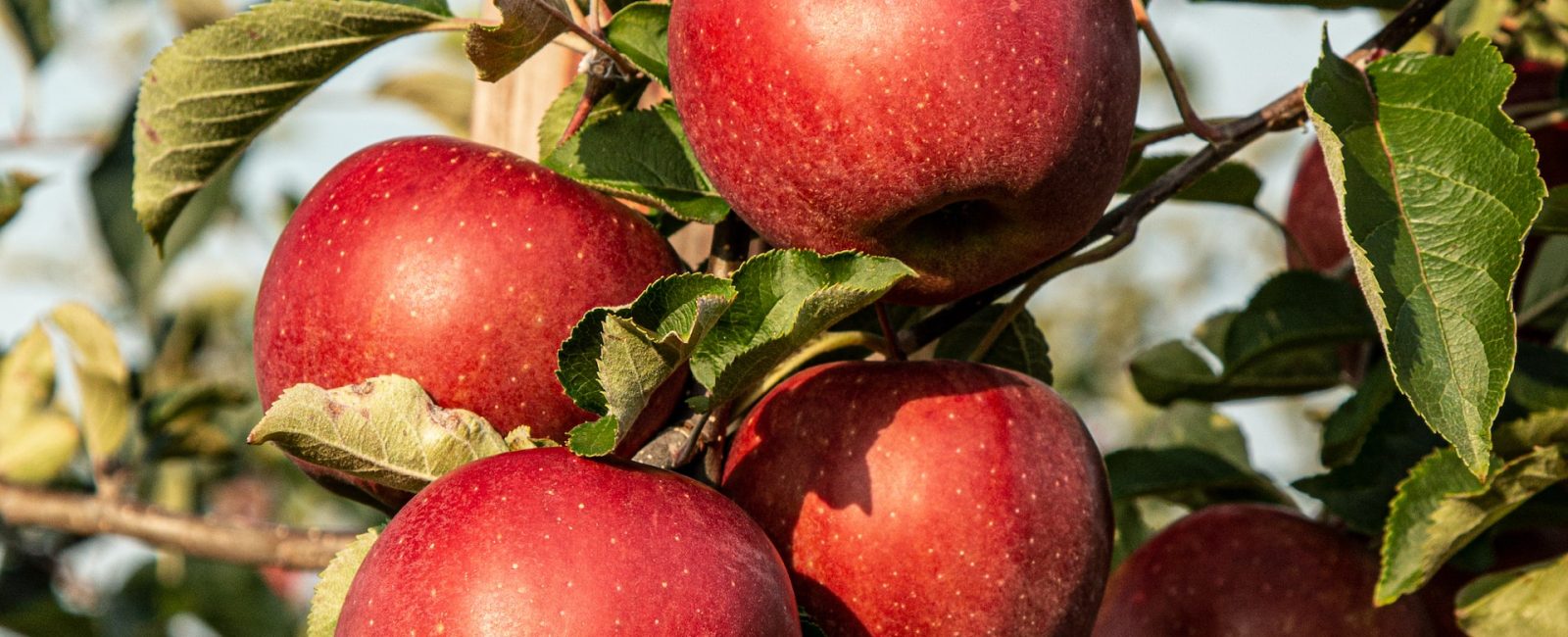In the world of fruit trees, few hold the same timeless allure as fan apple trees. These exquisite specimens have graced British gardens for centuries, their graceful branches laden with a bountiful harvest of crisp, juicy apples. As we delve into the history and revival of fan apple trees, we embark on a journey through time, exploring the fascinating heritage and enduring charm of these fruit-bearing wonders.
The Timeless Appeal of Fan Apple Trees
Fan apple trees, also known as espalier apple trees, have been captivating gardeners and fruit enthusiasts for centuries. Their distinctive appearance, with branches trained to grow flat against a wall or trellis, not only adds a touch of elegance to any garden but also makes them practical for smaller spaces. The history of fan apple trees in Britain is rich and storied, and their revival in recent years has reignited interest in this age-old horticultural art form.
A Storied History
The history of fan apple trees in Britain can be traced back to medieval times when monasteries and stately homes began cultivating fruit trees, including apples, for their orchards. The art of training apple trees to grow flat against walls or fences was perfected during the Renaissance period, and it became a symbol of horticultural expertise and prestige. Espaliered fruit trees adorned the gardens of nobility and were considered a status symbol.
During the Victorian era, fan apple trees reached the height of their popularity. Their compact, decorative appearance made them an ideal choice for ornamental gardens, and they were often used to divide garden spaces or create living walls. Victorian gardeners also appreciated the practicality of fan apple trees, as they maximized the use of limited garden space while still yielding a substantial fruit harvest.
However, with changing horticultural trends and the rise of more traditional orchard planting, the popularity of fan apple trees waned in the 20th century. Many of these historic trees were lost to neglect and redevelopment, leaving behind only a few cherished examples in private gardens and heritage sites.
The Revival of Fan Apple Trees
In recent years, there has been a resurgence of interest in fan apple trees, driven by a growing appreciation for heritage varieties, small-space gardening, and the desire to create visually stunning, productive garden features. Gardeners across the UK are rediscovering the beauty and functionality of these trained fruit trees, and their revival is gathering momentum.
One of the key reasons behind this revival is the availability of a wide range of apple varieties suitable for fan training. Traditional British apple varieties, such as ‘Cox’s Orange Pippin,’ ‘Bramley,’ and ‘Egremont Russet,’ can all be trained as fan apple trees, allowing gardeners to enjoy a diverse selection of flavors and textures in their harvests.
Moreover, fan apple trees are ideally suited for urban and small-space gardening. With many people living in apartments or homes with limited garden space, fan training offers a creative solution to maximize fruit production in constrained areas. By growing apples vertically along a wall or fence, gardeners can make the most of their available space and create a stunning focal point in their outdoor oasis.
How to Grow and Care for Fan Apple Trees
For those eager to embark on their fan apple tree journey, here are some essential steps to get you started:
Select the Right Location: Choose a sunny spot in your garden where your fan apple tree will receive at least six hours of sunlight each day. A south or southwest-facing wall is ideal for maximizing sun exposure and ripening fruit.
Prepare the Soil:Take measures to ensure that the soil is well-drained and that it is rich in organic matter. Good soil preparation is crucial for the healthy growth of your fan apple tree.
Choose the Right Variety: Select apple varieties that are well-suited for fan training. Consult with a local nursery or horticultural expert to choose varieties that thrive in your specific climate.
Planting: Fan apple trees can be planted in late autumn or early spring when the soil is workable. Follow the planting instructions provided with your tree, ensuring it is positioned correctly against your chosen support structure.
Training and Pruning: As your tree grows, carefully train the branches to grow horizontally along the support structure. The practise of pruning is necessary in order to preserve the desired shape and to stimulate the production of fruit. Consult pruning guides or seek advice from experienced gardeners.
Fertilization and Watering: Provide regular, balanced fertilization to promote healthy growth and fruit development. Water your fan apple tree consistently, especially during dry periods, to ensure it remains well-hydrated.
Pest and Disease Control: Keep an eye out for common apple tree pests and diseases, such as aphids, apple scab, and powdery mildew. Address any problems as soon as possible in order to preserve the health of your tree.
Harvesting: Enjoy the fruits of your labor! Harvest your apples when they are ripe, as indicated by their color and firmness. Different apple varieties will have varying harvest times.
By following these steps and dedicating time and care to your fan apple tree, you can create a beautiful and productive addition to your garden that harkens back to the elegance of bygone eras.
The Timeless Allure Lives On
Fan apple trees, with their storied history and modern resurgence, continue to capture the imagination of British gardeners. Whether you have a sprawling garden or a compact urban space, these trained fruit trees offer an opportunity to connect with the past while embracing the future of horticulture. With a little dedication and a touch of creativity, you can cultivate your own piece of living history and savor the sweet rewards for years to come. Fan apple trees are a testament to the enduring charm of nature and the unbreakable bond between humans and the fruits of the earth. As they blossom and bear fruit on your garden wall, they carry on a tradition that spans centuries, reminding us of the timeless allure of our natural world.





